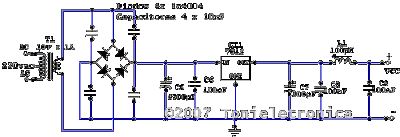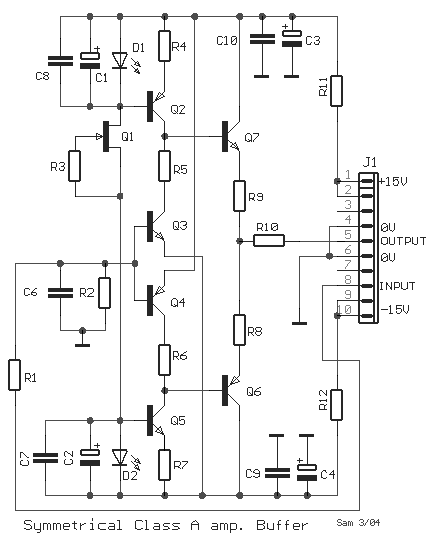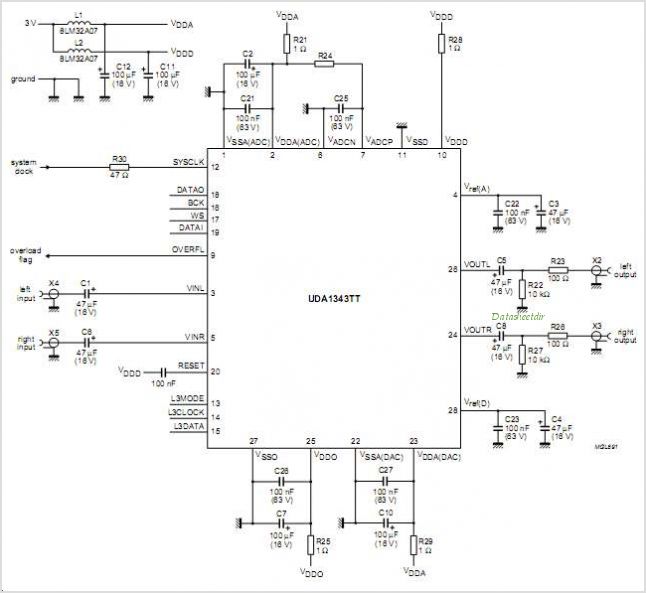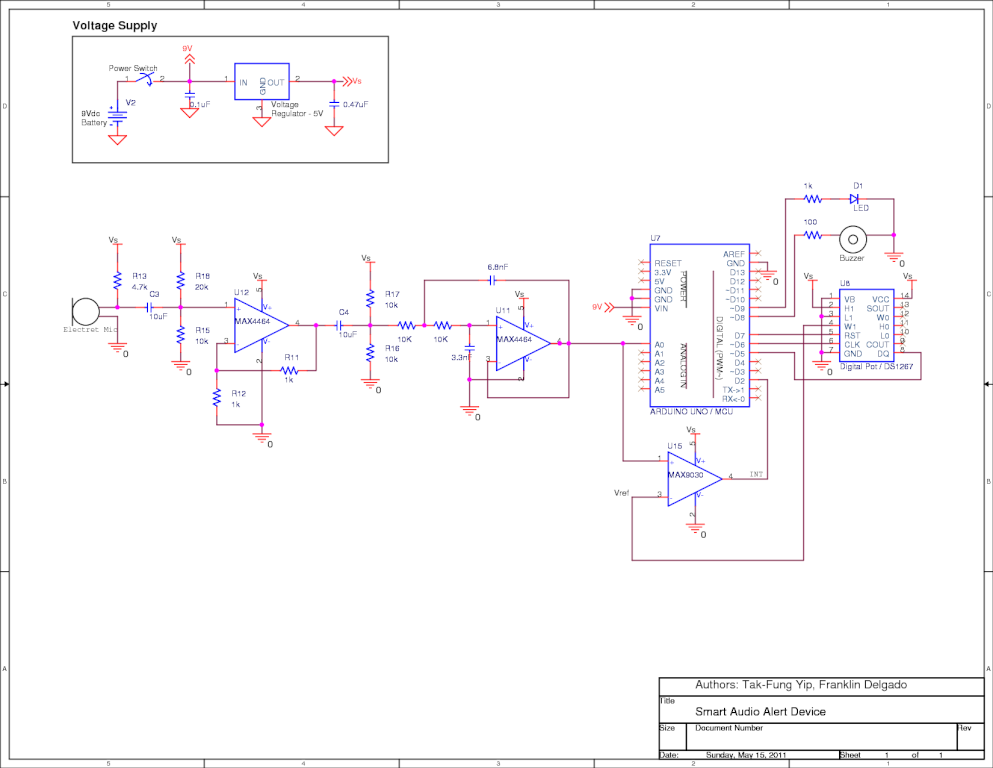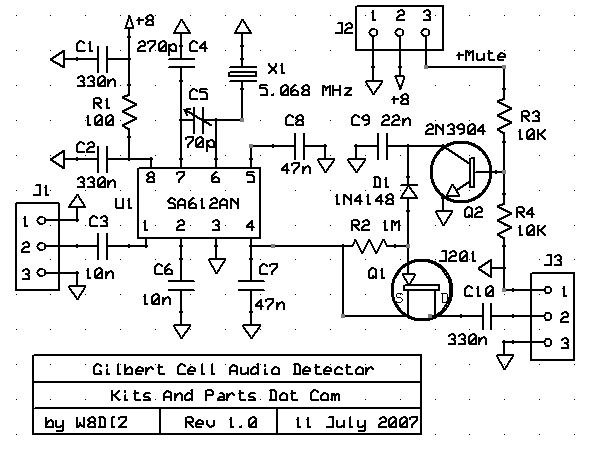
Audio Modular MIXER with 6 and up input Channel
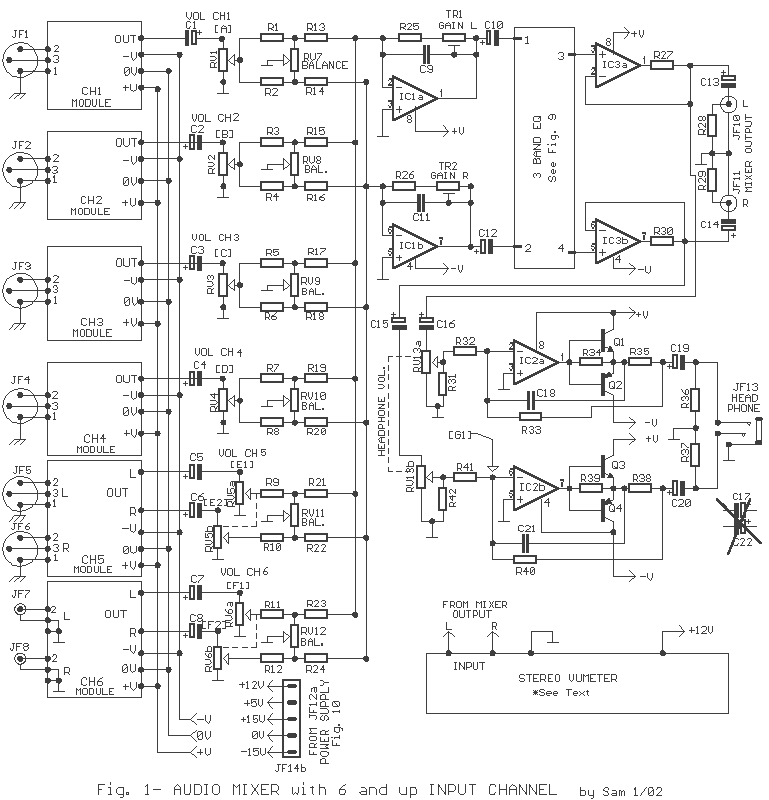
A lot of friends ask me a circuit AUDIO MIXER, for various uses. I will begin with a circuit which you can it manufacture, as you want. This you can place in the MODULES of inputs any circuit you want, depending on the use that you intend the MIXER, the same is also for the number of input channels, that you will manufacture. Below I will give enough circuits with various levels of quality and complexity. All the circuits that propose and are simple also they maintain, a very good level of quality. For those who they are interested they can make few patience. Shortly I will give project, professional level console of mix signals of sound.
An audio mixer circuit is a versatile device that allows multiple audio signals to be combined into a single output. The design can vary significantly based on the intended application, such as live sound reinforcement, studio recording, or broadcasting.
The basic components of an audio mixer include input channels, a summing bus, and output controls. Each input channel typically consists of a preamplifier, equalization controls, and a fader. The preamplifier boosts the low-level audio signals from microphones or instruments to line level. Equalization controls allow the user to adjust the tonal quality of each input signal, while the fader adjusts the volume level.
The summing bus combines all the input signals into a single output. This can be done using resistive summation or operational amplifiers, which provide a cleaner mix with lower noise levels. The output stage may include additional processing, such as a master equalizer, compressor, or limiter to ensure the final mix is balanced and free of distortion.
The design can incorporate various input modules, allowing for different types of audio sources, such as XLR inputs for microphones, 1/4" jacks for instruments, or RCA connectors for playback devices. The number of input channels can also be customized based on the user's needs, ranging from a simple two-channel mixer to a more complex multi-channel setup.
For those interested in building an audio mixer, it is essential to consider the quality of components used, as this will directly impact the overall sound quality. Simple circuits can achieve excellent audio fidelity, but more complex designs may offer additional features and flexibility.
In summary, an audio mixer circuit is a fundamental tool in audio production, with customizable features to suit various applications. The careful selection of components and design considerations will result in a high-quality mixing console capable of meeting professional audio standards.A lot of friends ask me a circuit AUDIO MIXER, for various uses. I will begin with a circuit which you can it manufacture, as you want. This you can place in the MODULES of inputs any circuit you want, depending on the use that you intend the MIXER, the same is also for the number of input channels, that you will manufacture. Below I will give enough circuits with various levels of quality and complexity. All the circuits that propose and are simple also they maintain, a very good level of quality. For those who they are interested they can make few patience. Shortly I will give project, professional level console of mix signals of sound. 🔗 External reference
An audio mixer circuit is a versatile device that allows multiple audio signals to be combined into a single output. The design can vary significantly based on the intended application, such as live sound reinforcement, studio recording, or broadcasting.
The basic components of an audio mixer include input channels, a summing bus, and output controls. Each input channel typically consists of a preamplifier, equalization controls, and a fader. The preamplifier boosts the low-level audio signals from microphones or instruments to line level. Equalization controls allow the user to adjust the tonal quality of each input signal, while the fader adjusts the volume level.
The summing bus combines all the input signals into a single output. This can be done using resistive summation or operational amplifiers, which provide a cleaner mix with lower noise levels. The output stage may include additional processing, such as a master equalizer, compressor, or limiter to ensure the final mix is balanced and free of distortion.
The design can incorporate various input modules, allowing for different types of audio sources, such as XLR inputs for microphones, 1/4" jacks for instruments, or RCA connectors for playback devices. The number of input channels can also be customized based on the user's needs, ranging from a simple two-channel mixer to a more complex multi-channel setup.
For those interested in building an audio mixer, it is essential to consider the quality of components used, as this will directly impact the overall sound quality. Simple circuits can achieve excellent audio fidelity, but more complex designs may offer additional features and flexibility.
In summary, an audio mixer circuit is a fundamental tool in audio production, with customizable features to suit various applications. The careful selection of components and design considerations will result in a high-quality mixing console capable of meeting professional audio standards.A lot of friends ask me a circuit AUDIO MIXER, for various uses. I will begin with a circuit which you can it manufacture, as you want. This you can place in the MODULES of inputs any circuit you want, depending on the use that you intend the MIXER, the same is also for the number of input channels, that you will manufacture. Below I will give enough circuits with various levels of quality and complexity. All the circuits that propose and are simple also they maintain, a very good level of quality. For those who they are interested they can make few patience. Shortly I will give project, professional level console of mix signals of sound. 🔗 External reference

